In Design of a Hammer, What Is the Most Important Property Need to Be Considered?
Mechanical Properties of Materials
The mechanical properties of materials ascertain the beliefs of materials under the action of external forces called loads.
In that location are a measure of force and lasting characteristics of the material in service and are of good importance in the design of tools, machines, and structures.
The mechanical backdrop of metals are adamant by the range of usefulness of the metal and found the service that is expected.
Mechanical properties are also useful for helping to specify and identify metals. And the virtually common properties considered are strength, hardness, ductility, brittleness, toughness, stiffness, and impact resistance.
List of Mechanical Properties of Materials
The following are the mechanical properties of materials.
- Strength
- Elasticity
- Plasticity
- Hardness
- Toughness
- Brittleness
- Stiffness
- Ductility
- Malleability
- Cohesion
- Impact strength
- Fatigue
- Pitter-patter
Read Also: List of 20 Unlike Types of Basics and Bolts [Explained with PDF]
#i Strength
- Strength is the mechanical property that enables a metallic to resist deformation load.
- The strength of a material is its capacity to withstand destruction nether the action of external loads.
- The stronger the materials the greater the load it can withstand.
#2 Elasticity
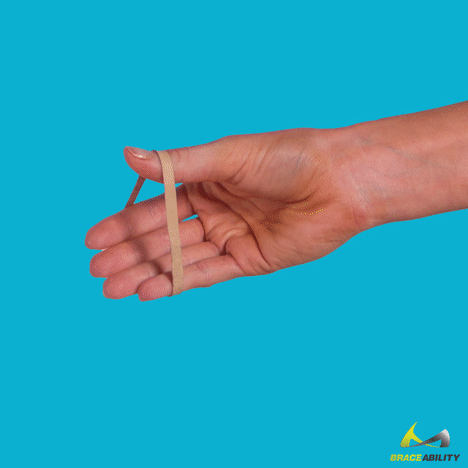
- Co-ordinate to dictionary elasticity is the ability of an object or fabric to resume its normal shape after being stretched or compressed.
- When a material has a load applied to it, the load causes the fabric to deform.
- The elasticity of a material is its power of coming dorsum to its original position after deformation when the stress or load is released.
- Heat-treated springs, rubber etc are practiced examples of elastic materials.
#3 Plasticity
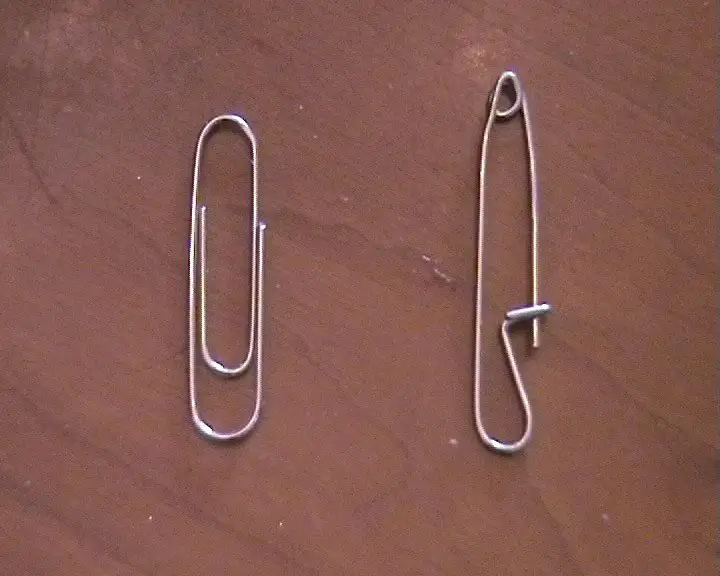
- The plasticity of a textile is its ability to undergo some permanent deformation without rupture(brittle).
- Plastic deformation will take place only afterward the elastic range has been exceeded.
- Pieces of testify of plastic activity in structural materials are called yield, plastic menstruum and pitter-patter.
- Materials such as clay, lead etc are plastic at room temperature, and steel plastic when at bright ruby-heat.
#iv Hardness
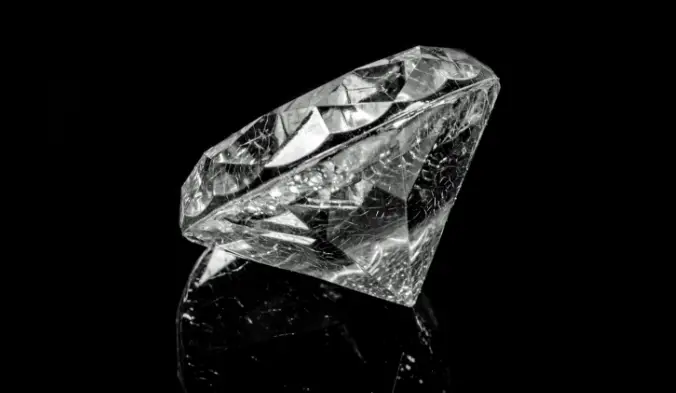
- The resistance of a material to force penetration or bending is hardness.
- The hardness is the ability of a material to resist scratching, abrasion, cut or penetration.
- Hardness indicates the degree of hardness of a material that tin can exist imparted particularly steel by the process of hardening.
- It determines the depth and distribution of hardness is innovate past the quenching procedure.
#5 Toughness
- It is the property of a material which enables information technology to withstand shock or impact.
- Toughness is the opposite status of brittleness.
- The toughness is may be considering the combination of strength and plasticity.
- Manganese steel, wrought iron, mild steel etc are examples of toughness materials.
#6 Brittleness
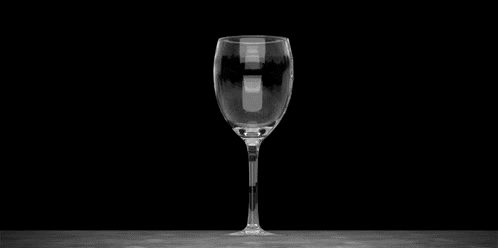
- The brittleness of a belongings of a material which enables information technology to withstand permanent deformation.
- Bandage atomic number 26, drinking glass are examples of breakable materials.
- They will interruption rather than curve under daze or affect.
- By and large, the breakable metals accept high compressive force only low in tensile forcefulness.
#7 Stiffness
- It is a mechanical property.
- The stiffness is the resistance of a textile to elastic deformation or deflection.
- In stiffness, a fabric which suffers calorie-free deformation under load has a high degree of stiffness.
- The stiffness of a structure is of import in many applied science applications, then the modulus of elasticity is often one of the master backdrop when selecting a material.
#8 Ductility
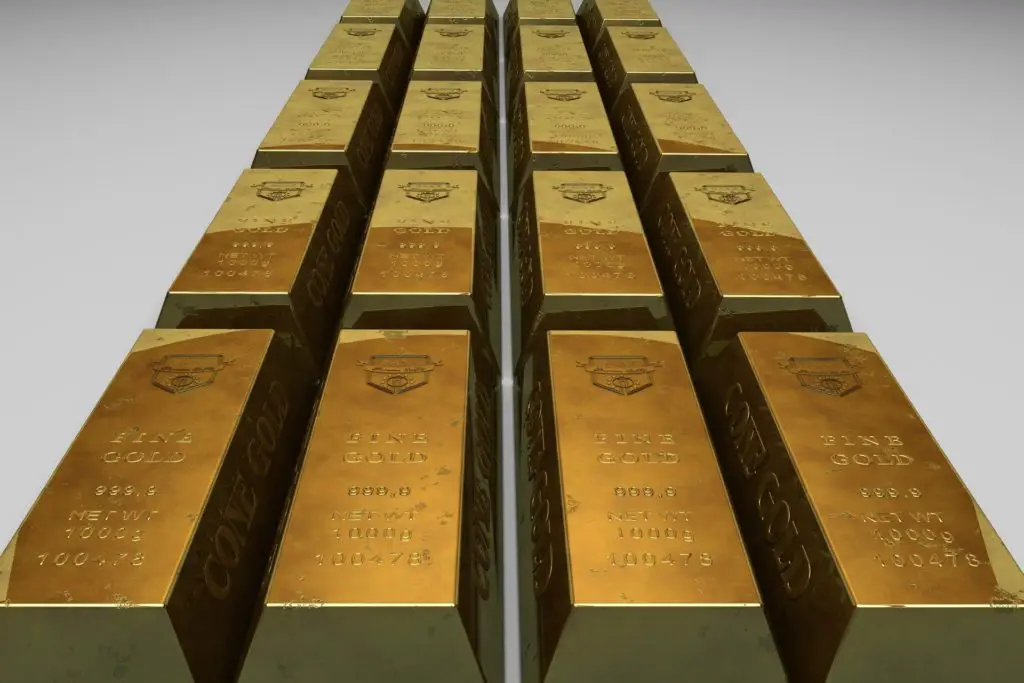
- The ductility is a property of a material which enables it to exist drawn out into a thin wire.
- Mild steel, copper, aluminium are the adept examples of a ductile material.
#9 Malleability
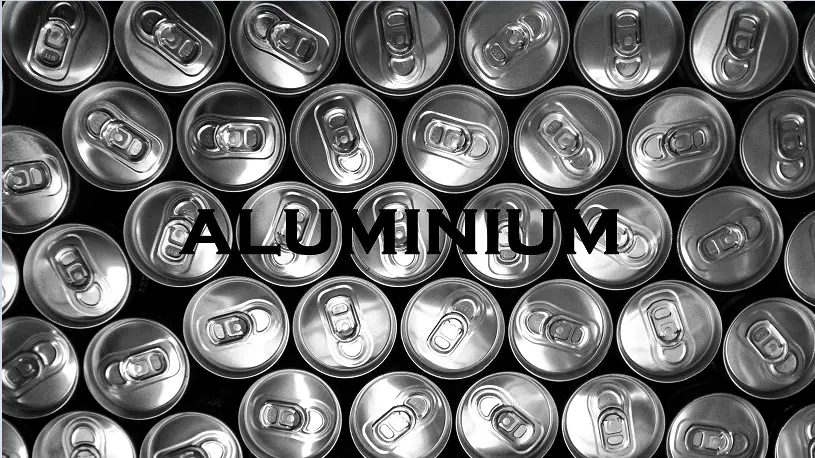
- The malleability is a holding of a material which permits it to be hammered or rolled into sheets of other sizes and shapes.
- Aluminium, copper, tin can, lead etc are examples of malleable metals.
#10 Cohesion
- It is a mechanical property.
- The cohesion is a belongings of a solid body by virtue of which they resist from being broken into a fragment.
#11 Bear upon Force
- The bear upon forcefulness is the ability of a metal to resist suddenly practical loads.
#12 Fatigue
- The fatigue is the long issue of repeated straining action which causes the strain or break of the cloth.
- Information technology is the term 'fatigue' employ to depict the fatigue of material under repeatedly practical forces.
#13 Creep
- The creep is a slow and progressive deformation of a cloth with time at a constant force.
- The simplest type of creep deformation is viscous menstruum.
- Some metals are generally exhibiting creep at loftier temperature, whereas plastic, rubber, and like amorphous material are very temperature sensitive to creep.
- The force for a specified rate of strain at constant temperature is called creep force.
Decision
So now, nosotros hope that we have cleared all your doubts almost the Properties of Metals. If you have yet any doubts virtually the "Mechanical Properties of Materials" y'all can contact usa or ask in the comments.
That's information technology thanks for reading. If yous like our commodity so please share information technology with your friends. If you have any questions nigh any topic you can ask in the annotate section.
Want costless PDFs sitting at habitation? And so subscribe to our newsletter.
Download PDF of this article:
Read also:
- Heat handling of steel Why Information technology Is Important Cistron In Manufacturing
- What is Metal Casting Process? Complete guide
- Important Terms Used In Thermodynamics
piercetherroys1972.blogspot.com
Source: https://www.theengineerspost.com/mechanical-properties-of-materials/
0 Response to "In Design of a Hammer, What Is the Most Important Property Need to Be Considered?"
Post a Comment